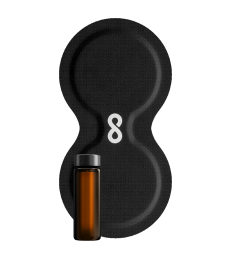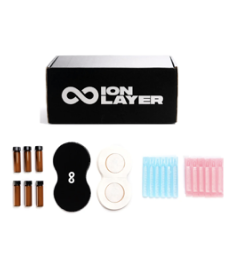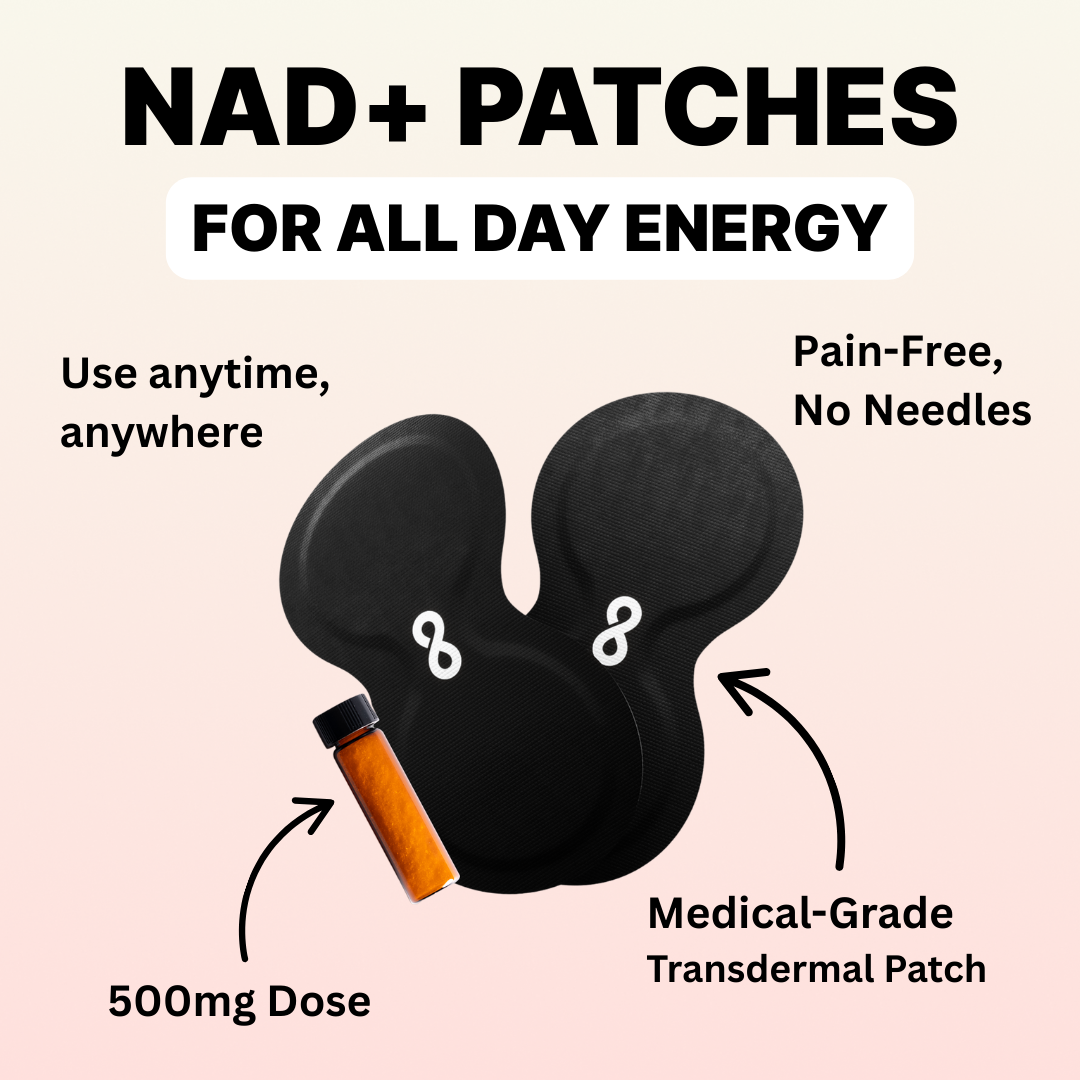
Many people reach for tools to boost NAD levels with the goal of having more energy. But what should you expect? Is it a jolt of energy similar to what you’d get after your morning coffee, or perhaps, pre-workout or nootropic? Not quite. No more energy rollercoasters with rapid highs and even faster crashes. Instead, it's a sustained increase in your body creating energy. Think of it as a subtle balanced boost in energy, because it starts at the root where it is created, in the mitochondria.
The connection between mitochondria and energy levels
Let’s put our science hat on for a second. Bear with us, it’ll all make sense in a second. The mitochondria are often referred to as the "powerhouses" of the cell, (yes, we know it’s an overused expression, but makes it easy to remember) because they are responsible for generating adenosine triphosphate or ATP, the molecule that provides energy for cellular processes. ATP is produced through oxidative phosphorylation, which takes place in the mitochondria. This process relies on the presence of our main character here: nicotinamide adenine dinucleotide (NAD).
In a simpler equation: more NAD = more ATP = more cellular energy = you’ll feel increased energy in your daily activities. Everyone wins!
“But getting high-dose NAD takes forever, and it’s so uncomfortable, and I can’t stand needles!” If that sounds familiar, we get it! You don’t want to sit at a clinic for five hours at a time to have high-dose NAD administered via an IV. All the while, having discomfort and nausea. Now, imagine achieving higher NAD levels by simply wearing an Ion Layer NAD+ patch a day that has 500 mg of raw NAD+! It’s convenient, efficient, and needle-free. The only reason you’ll remember it’s on is because you’ll start experiencing having more energy. See! We told you it’s a win!
A little more NAD science in the making of energy
Now, back to a bit more science. NAD acts as a coenzyme in various metabolic reactions - hundreds for that matter. We’ve discussed this in previous blogs in detail, so feel free to refer back for more.
What’s important in this equation is that NAD is involved in the transfer of electrons during the production of ATP. Research has uncovered that as substrates are oxidized in the electron transport chain, NAD+ gains two electrons from glucose and other molecules, becoming reduced to NADH. The NADH is then used to transfer the electrons to the electron transport chain, where they are eventually used to generate ATP. Once the electrons have been transferred, NADH is converted back into NAD+ and can be used again in the energy production process. And the cycle repeats on and on.
For this process to work efficiently, there needs to be a balance between NAD+ and NADH. If there is an imbalance, ATP production may be compromised, decreasing energy levels. This imbalance may occur due to a variety of factors, including poor diet, aging, unhealthy environment, and certain medical conditions.
The NAD deficiency conundrum
Now what happens when NAD levels are dropping? Recent research has shown that as NAD levels become depleted, it may cause a decline in mitochondrial function, and a decrease in energy production, and hence, may have a profound impact on cellular function.
In addition to affecting ATP production, NAD deficiency can also disrupt other important cellular processes, such as DNA repair and gene expression. This can lead to a wide range of health problems, including accelerated aging, neurodegenerative diseases, and metabolic disorders.
Increase NAD levels with NAD patches for efficient delivery
NAD patches offer several advantages over other methods of NAD supplementation, injections, or IVs. For one, they provide a convenient and non-invasive way to deliver 500 mg of NAD+ directly to the cells. Unlike oral supplements, which need to be broken down by the digestive system, NAD+ patches ensure that the NAD+ bypasses the digestive process and reaches the cells intact. This allows for more efficient absorption and utilization of the NAD+ by the mitochondria.
Additionally, the Ion Layer NAD patches offer a controlled release of NAD+ over an extended period utilizing a medical-grade process, called iontophoresis. You’ll wear each patch for 12-14 hours a day. This helps to maintain steady NAD levels in the cells, ensuring that the mitochondria have a constant supply of this essential coenzyme. By supporting ATP production, NAD patches may help to improve overall cellular function and boost energy levels.
Still not sure if the Ion Layer patches have the power to raise intracellular NAD+ levels? We’ve got proof it can. Click here to see how.







